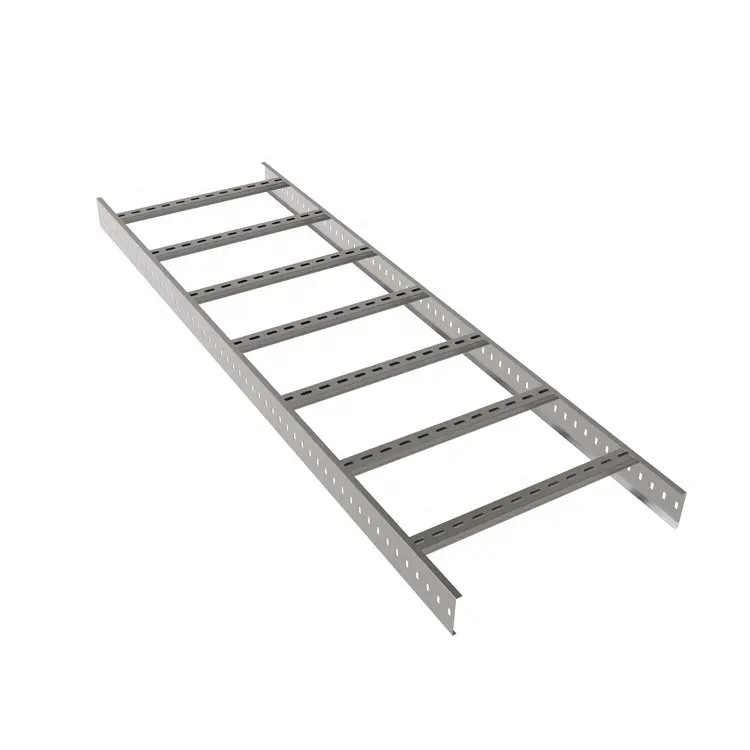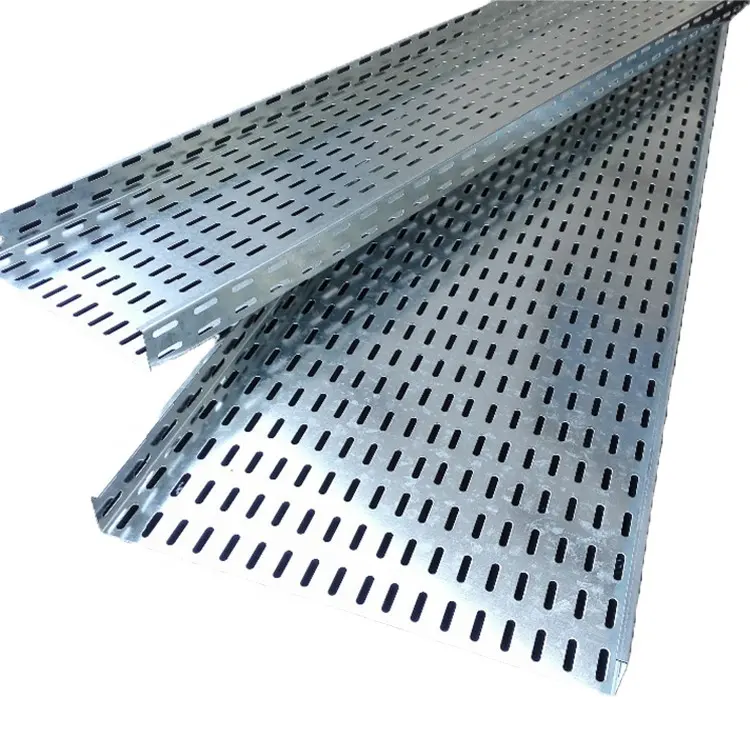Electrical safety is of utmost importance in any workplace or home setting. One of the most critical components of electrical safety is the proper installation and maintenance of cable trays. Ladder type cable trays are an essential component of any electrical system, providing a safe and secure way to route cables and wires. In this article, we will provide you with a comprehensive guide to ladder type cable trays, including their benefits, installation, and maintenance.
Benefits of Ladder Type Cable Trays
Ladder type cable trays offer several benefits over other types of cable routing systems. Some of the key benefits include:
1. Safety: Ladder type cable trays provide a safe and secure way to route cables and wires, reducing the risk of accidental contact with live electrical components.
2. Organization: Ladder type cable trays help to organize cables and wires, making it easier to identify and access specific components.
3. Durability: Ladder type cable trays are designed to be durable and long-lasting, withstanding heavy loads and harsh environments.
4. Easy Installation: Ladder type cable trays are easy to install, requiring minimal tools and expertise.
5. Cost-Effective: Ladder type cable trays are a cost-effective solution for routing cables and wires, as they can be easily installed and maintained.

Installation of Ladder Type Cable Trays
The installation of ladder type cable trays requires careful planning and attention to detail. Here are some steps to follow when installing ladder type cable trays:
1. Plan Your Route: Before installing your ladder type cable trays, plan your route carefully. Consider factors such as the location of electrical components, the weight of the cables, and the length of the run.
2. Choose the Right Tray: Choose a ladder type cable tray that is appropriate for your application. Consider factors such as the size of the cables, the weight capacity of the tray, and the material of the tray.
3. Install Support Brackets: Install support brackets at regular intervals along the route of the ladder type cable tray. These brackets will support the weight of the tray and prevent it from sagging or bending.
4. Secure the Tray: Secure the ladder type cable tray to the support brackets using screws or bolts. Make sure that the tray is level and secure.
5. Route the Cables: Route the cables and wires through the ladder type cable tray, making sure that they are securely fastened and not touching each other or any other components.
Maintenance of Ladder Type Cable Trays
Proper maintenance is essential to ensure the longevity and safety of your ladder type cable trays. Here are some tips for maintaining your ladder type cable trays:

1. Inspect Your Trays Regularly: Inspect your ladder type cable trays regularly for signs of wear and tear, such as rust or corrosion. If you notice any damage, repair or replace the affected sections immediately.
2. Clean Your Trays Regularly: Clean your ladder type cable trays regularly to remove dirt, dust, and debris. Use a soft-bristled brush or cloth to gently clean the trays, being careful not to scratch or damage them.
3. Check Your Cables Regularly: Check your cables and wires regularly for signs of wear or damage. If you notice any issues, repair or replace the affected components immediately.
4. Store Your Trays Properly: When not in use, store your ladder type cable trays properly to prevent damage or rust

